Studentenstadt in Metamorphosis: A glimpse into the now and thoughts on the future

Fiona Bishop (JYM 2019-20) gives JYM an insider look at life in the Studentenstadt Freimann (StuSta). She wrote in response to Carl Hammer's July article.
Fiona was a member of the StuSta student government during her time with JYM and was one of two students who with permission from her home institution was able to remain in Germany during the outbreak of the pandemic and returned after graduation when she was reunited with the close friends she made there. We are privileged to have her insights and her report on the fate of StuSta's old Neustadt now slated for total renovations.
This past summer, alum Carl Hammer (JYM 1963-64) wrote an article for the JYM alumni newsletter about his experience in the program and moving into Studentenstadt Freimann at its birth.
Nearly sixty years ago, he writes, Studentenstadt was "an innovation in German student life – a brand-new dormitory complex" to contrast the traditionally private housing options many students had to seek back then. Reading Mr. Hammer's story, I was enthralled and touched to learn how meaningful his StuSta experience was and of the quirks and characters he encountered who made it so.
Many of the novelties he described – students having to take initiative and construct shared common spaces, being respectful and responsible for forging a positive campus coexistence and more philosophically, coming to view himself and the United States in a new light shaped by interactions with non-American students – are experiences I can gratefully say continue to be imparted on JYMers through StuSta these many years later.
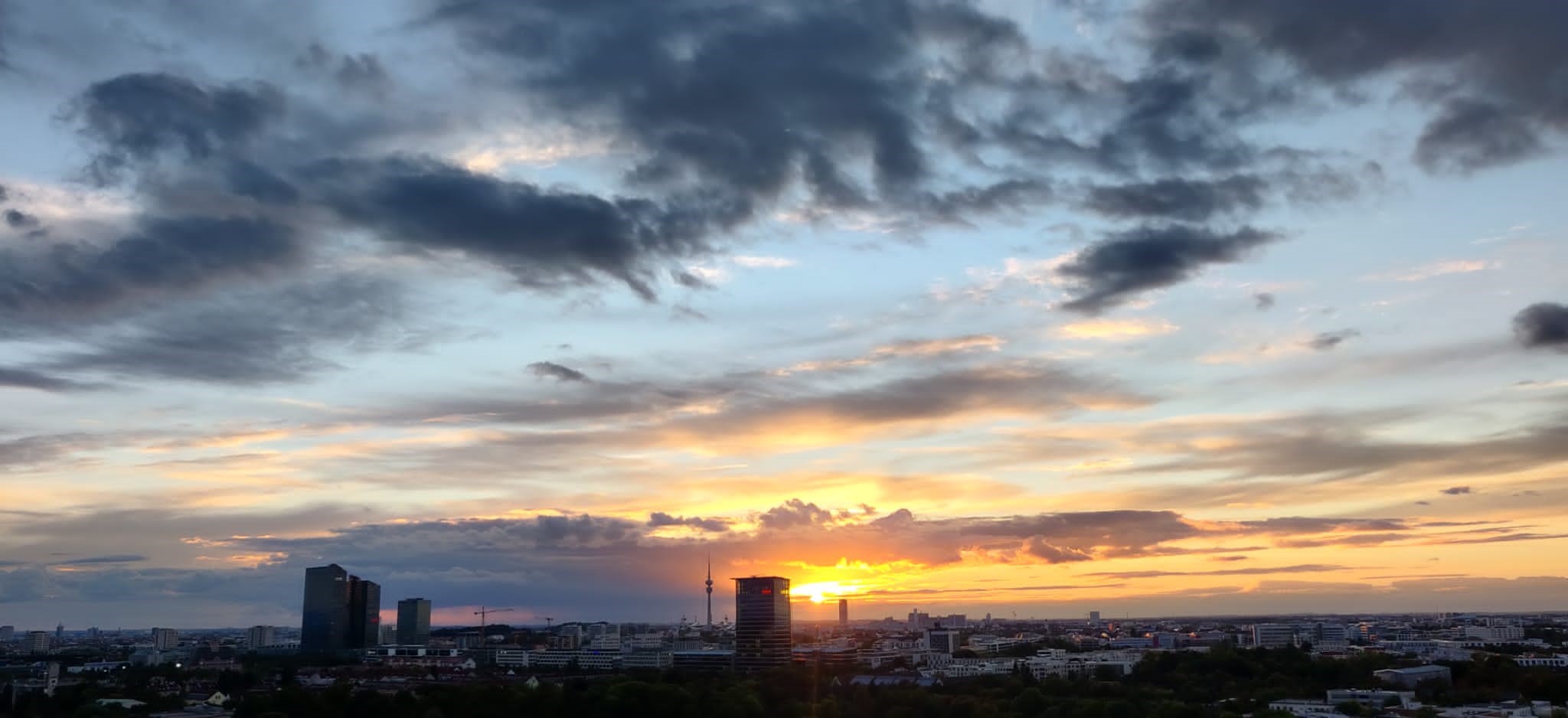
Physically, the StuSta I came to know and love two years ago during my JYM is no longer as new as it was for Mr. Hammer sixty years ago.

Grimy, creaky, the cement floors crumbling in some places, the dorms have been lovingly adorned in graffiti and stand as proud monuments to the decades of students their walls have housed and witnessed grow over the years.
However, the campus's aging exterior gives way to an interior – an inner flame – shared by the students today encapsulating the same type of cultural bond and vigor described by Mr. Hammer of his StuSta in the 1960s. This bond is easiest to observe in the passion with which students assemble themselves to govern and operate their campus enterprises.
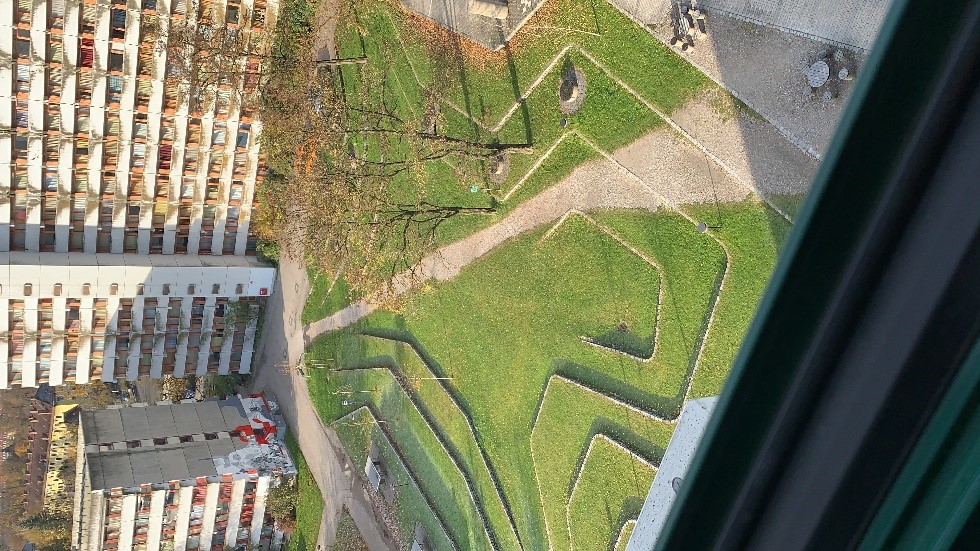
In 2019, I had the honor of taking part in StuSta's self-government by being Stockwerksprecherin (floor speaker), along with three fellow JYMers and good friends, Olivia M., Maddie C. and Laura A., for my floor, 1. Stock HSH (Grünes Haus). Collaborating with both German and a diverse international population of students, we took part in bi-weekly floor speaker meetings to vote on important financial decisions and debate the guidelines for various campus initiatives.
My role as floor speaker intensified as the Spring semester approached, for with it approached the onset of the COVID-19 pandemic which would shatter the dreams of our JYM cohort by causing the cancelation of the program.
Out of sheer luck, I was able to stay in Munich, but all but one other fellow JYMer had to fly home, not to return. Chaos erupted in StuSta and around the world and everyone had to adapt to a new normal, one indeed very unnormal and unpredictable in nature. Yet the Spring semester brought me closer to the German friends I'd made. Together, we were manning what felt like a sinking ship, steering the StuSta and the fate of its residents as lockdown after lockdown descended on Bavaria.
When Studentenwerk München (the Munich Student Union) ordered the closure of StuSta's student-run restaurants and our common rooms, those active in the Heimrat (student government) took a stance to save what felt like the last semblances of communal life on campus. We filed petitions and raised awareness on campus for our right to gather in groups on our floors, even winning back the right to reopen Brotladen, StuSta's café, in May, which came to be the only student enterprise that survived that tumultuous time.
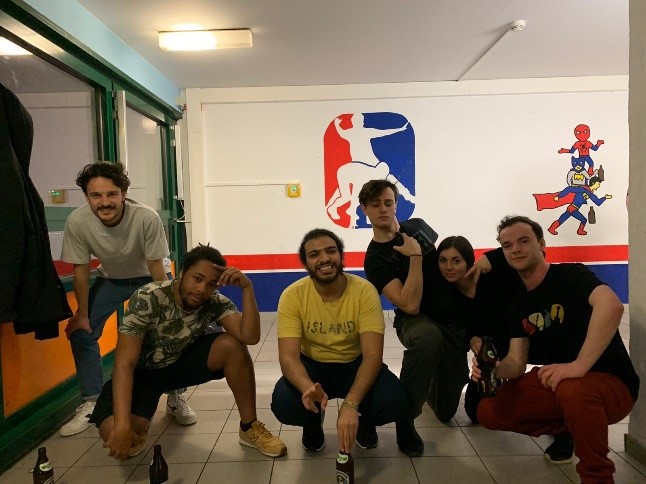
The other student-run Kneipen (pubs) and restaurants – Potschamperl (oranges Haus), Bistro (rotes Haus), Manhattan (grünes Haus) and Kade (MKH) – closed then and have, to this day one and a half years later, not been permitted to reopen. Brotladen became das Herz der StuSta, situated on the sunny Festwiese (quad) and serving warm, fresh-cooked breakfasts on weekends and sweet baked goods, coffee and beer all days of the week.
Students, groundskeepers and campus repairmen all congregated at Brotladen, our haven in a city whose own restaurants were largely closed and whose museums and cultural attractions were abruptly shuttered during the various lockdowns last summer. Every Saturday, my friend group met at 10:30 a.m. to eat and solve the crossword puzzles of the week together (I wasn't much help, being a nonnative speaker, but contributed a solid word or two every once and a while). Everyone's classes were online, so residents rarely left StuSta. Life was wonderful again. We spent every day together and it was the best summer of my life.
But even Brotladen's vital yet teetering existence couldn't endure. The changes to StuSta's social fabric through its student enterprises' closures marked only the beginning of a chain of events that would lead to the near-total shutdown of the campus itself. In August 2020 I returned to America to complete my final year at Cornell but remained in close touch with my German friends. In mid-February 2021, a fire erupted in one of the dorms – Rotes Haus. One student lost her life in that fire. She was one of our friends.
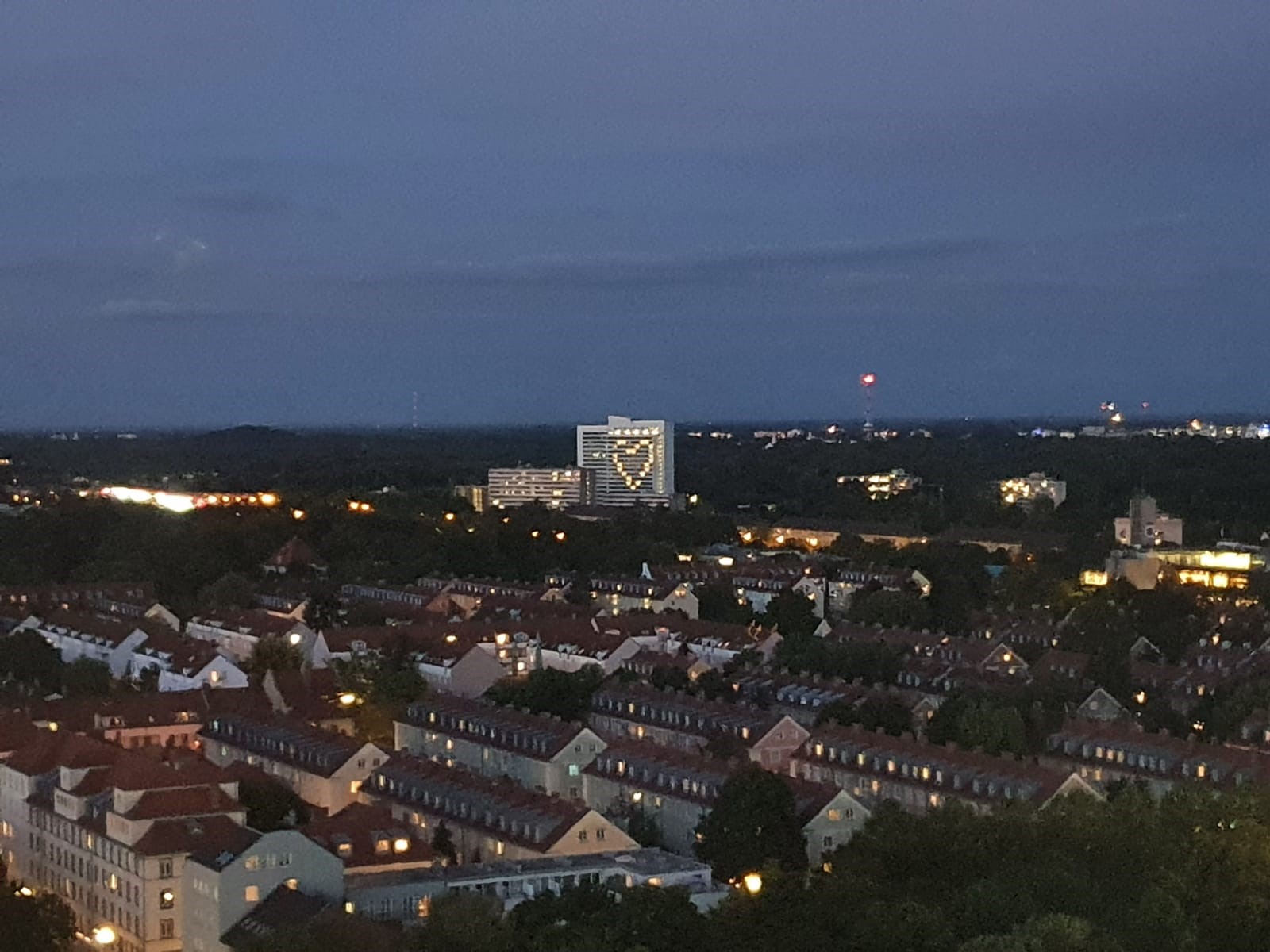
Three of the four largest dorms, including the one I lived in, have been cleared of their residents, the fourth scheduled to be emptied by March 2022, all to be stripped and completely renovated over the coming years in compliance with new fire code regulations. At nearly half its normal occupancy, StuSta feels like a ghost town, the large empty buildings once vibrant with life and the milestones and mischief of thousands of students now towering gloomily over a quiet atrium. They are martyrs of an era coming to a close.
The combined blows of COVID and the horrible tragedy of the fire are devastating. Having lived in StuSta for only one year, however, my coming to terms with everything cannot compare to the challenges faced by my friends who were there in February and who have lived in StuSta for over five years, some of the last residents of those special buildings and special place.
But this article is not meant to be a sad one; it is intended to illustrate the beauty that comes from adversity if you choose to see it.
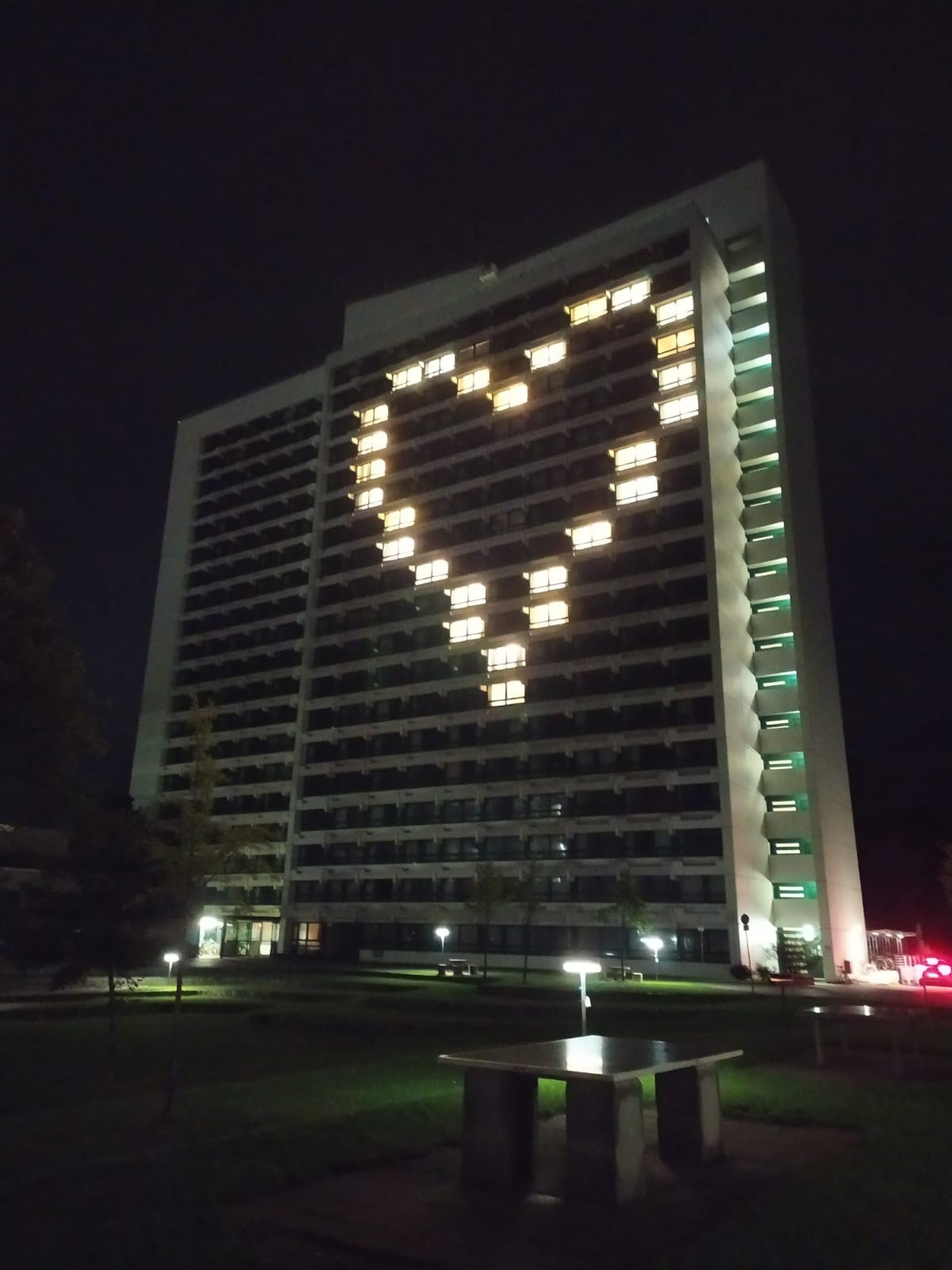
Behind the current metamorphosis of our beloved campus which so many generations of JYMers before me got to experience and enjoy burns that flame of resilience and the memories and bond of a past never to be forgotten. On the last evening of September, a few months ago, as the final students moved their belongings out of my old dorm, some of the last residents and friends hatched a plan. We turned on the lights of certain rooms in what would ultimately create the pattern of a heart to stand by in the atrium.
This final goodbye and tribute were born not only out of adoration for the building itself but for the wonderful times once had there. Even the groundskeepers secretly admired our work. It is a night I doubt I will ever forget. Just as Mr. Hammer experienced StuSta at its conception, my experience of StuSta at its "fall" has been eye-opening and left a profound influence on the way I view life and relationships.
StuSta taught me what it means to have friends that become family and those friends showed me the power in standing up for what you hold close to your heart. Love endures. One day, a new generation of students will move into the future Rotes, Oranges, Blaues and Grünes Haus and breathe life back into the campus. I am certain the StuSta they inherit will have the same magical experiences in-store and teach the same invaluable lessons. As we say in StuSta: "Pot oder stirb!"